Ratchet straps, also known as cargo straps or tie-down straps, are not generally color-coded. However, some manufacturers may use different colors to distinguish between different sizes or types of straps. It is always important to read the label on the strap or the packaging it came in to determine the specific load capacity and any other important information about the strap. In general, it is best to choose a ratchet strap that is appropriate for the load you are trying to secure and to use it according to the manufacturer's instructions.
So, how do you know which one to choose? And once you have the right strap, how do you use it properly to ensure the safety of your load?
First things first, it's important to choose a ratchet strap that is appropriate for the load you are trying to secure. Look for a strap with a load capacity that exceeds the weight of your load. This will ensure that the strap is able to hold up under the strain of transport.
Next, make sure to read the label on the strap or the packaging it came in to familiarize yourself with the specific instructions for use. This will often include information about the proper tension to apply to the strap and the best way to attach it to your load and the vehicle.
When attaching a ratchet strap, it's important to choose secure points on both the load and the vehicle. The strap should be tightened until the load is firmly secured, but not so tight that it causes damage. It's also a good idea to use additional straps if needed, especially for larger or heavier loads.
Finally, it's important to regularly inspect your ratchet straps for wear and damage. If a strap shows signs of fraying, tearing, or other damage, it should be replaced immediately to ensure the safety of your load.
In conclusion, ratchet straps are a vital tool for securing loads during transportation. By choosing the right strap for the job and using it properly, you can ensure the safety of your load and peace of mind while on the road.



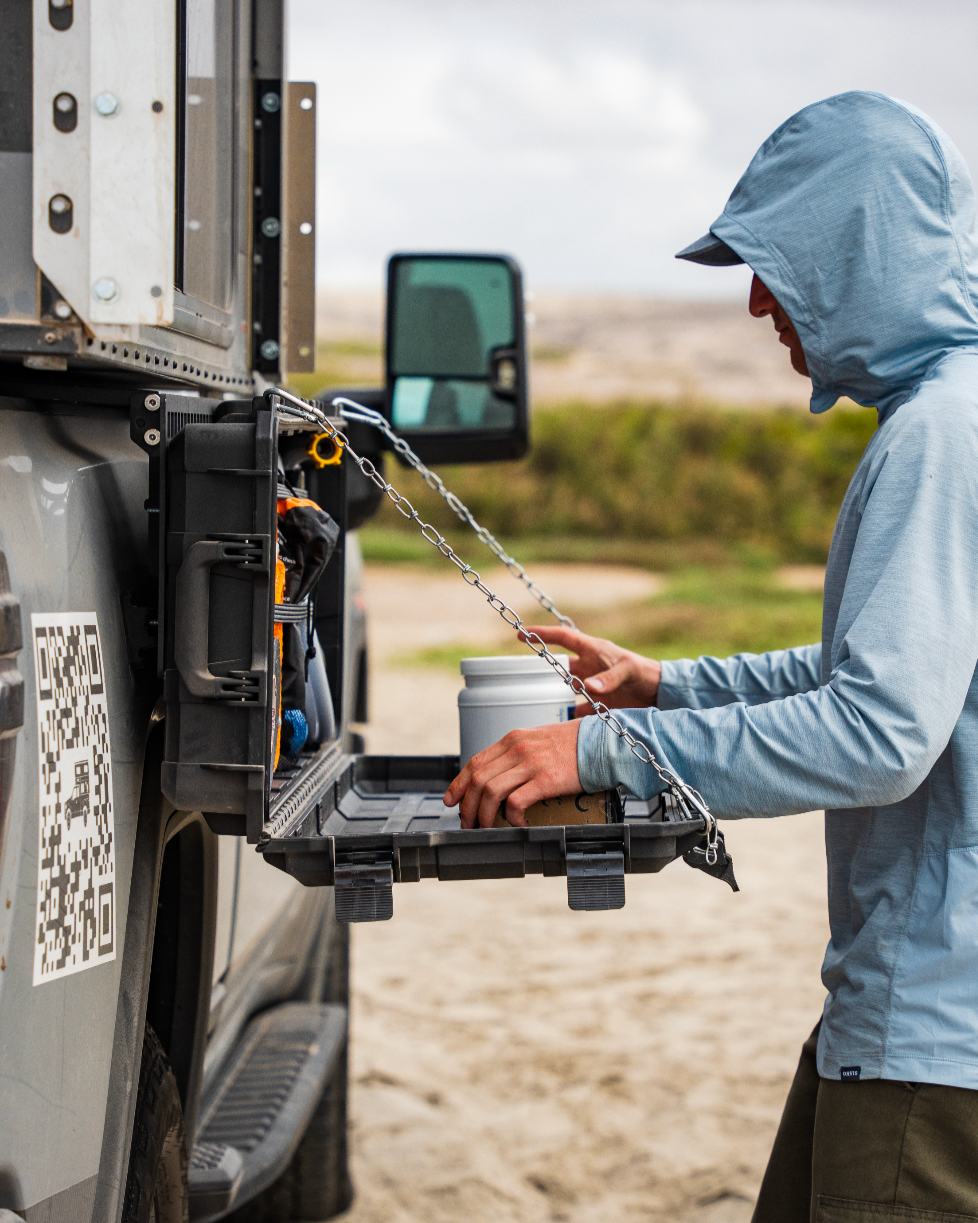
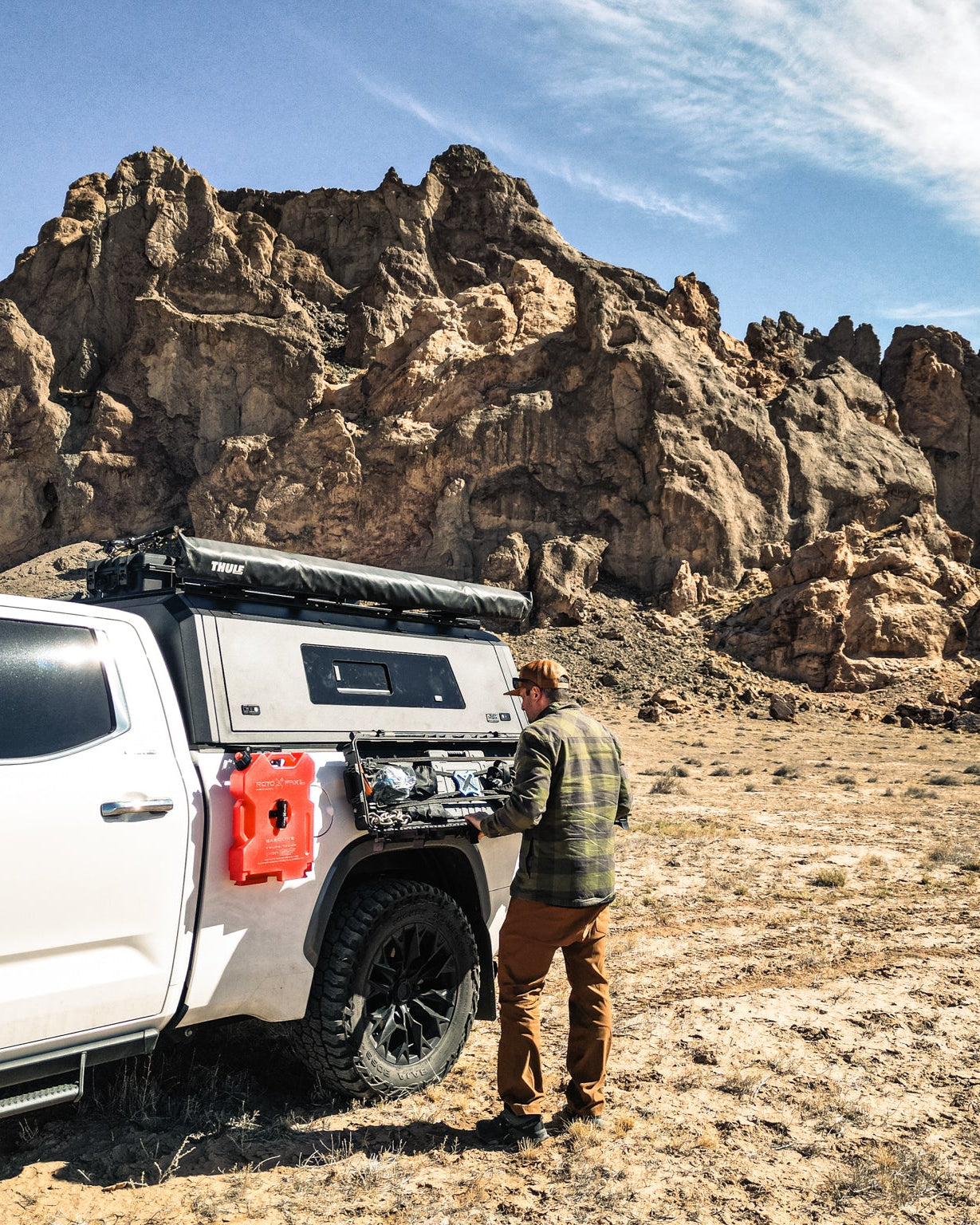
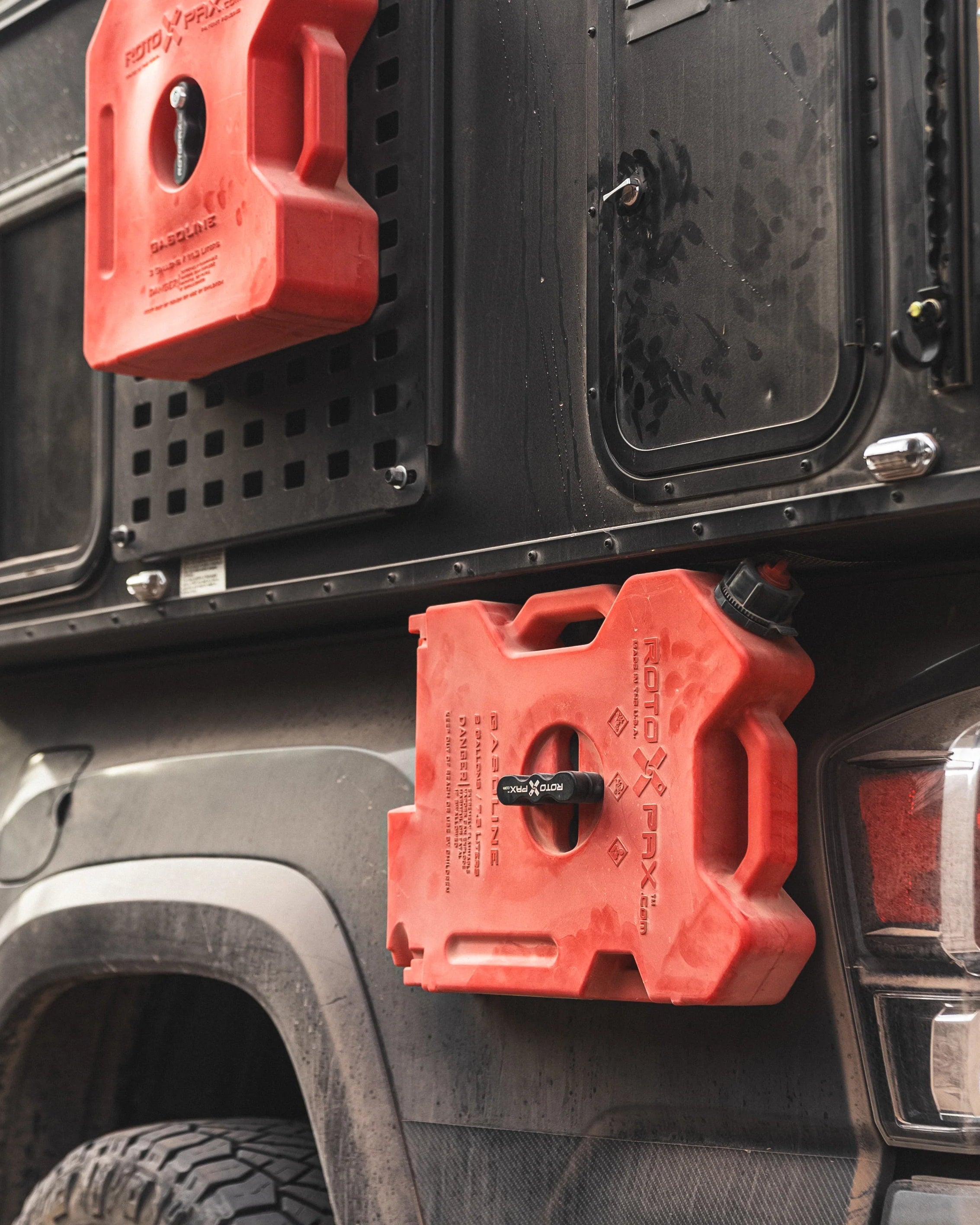
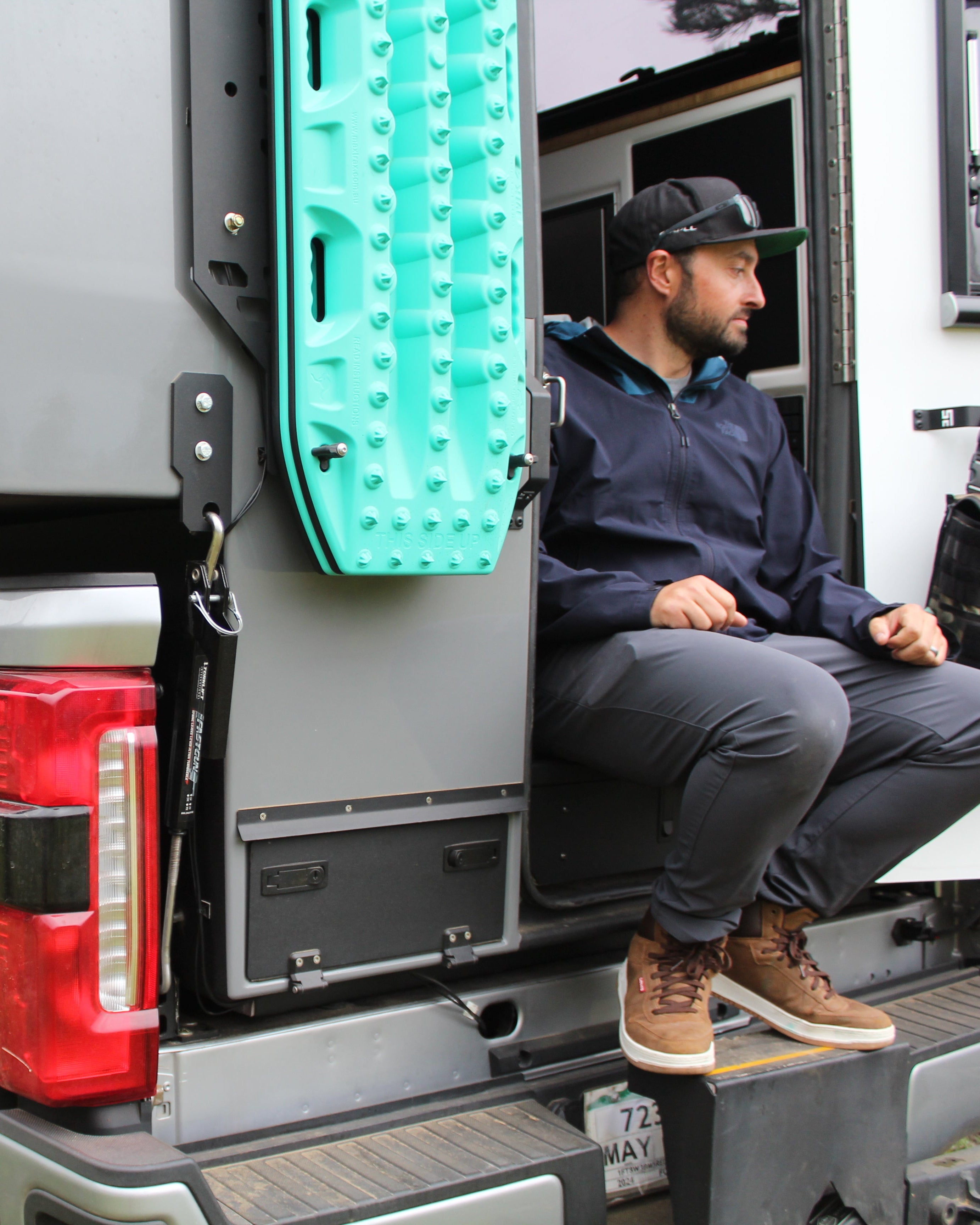
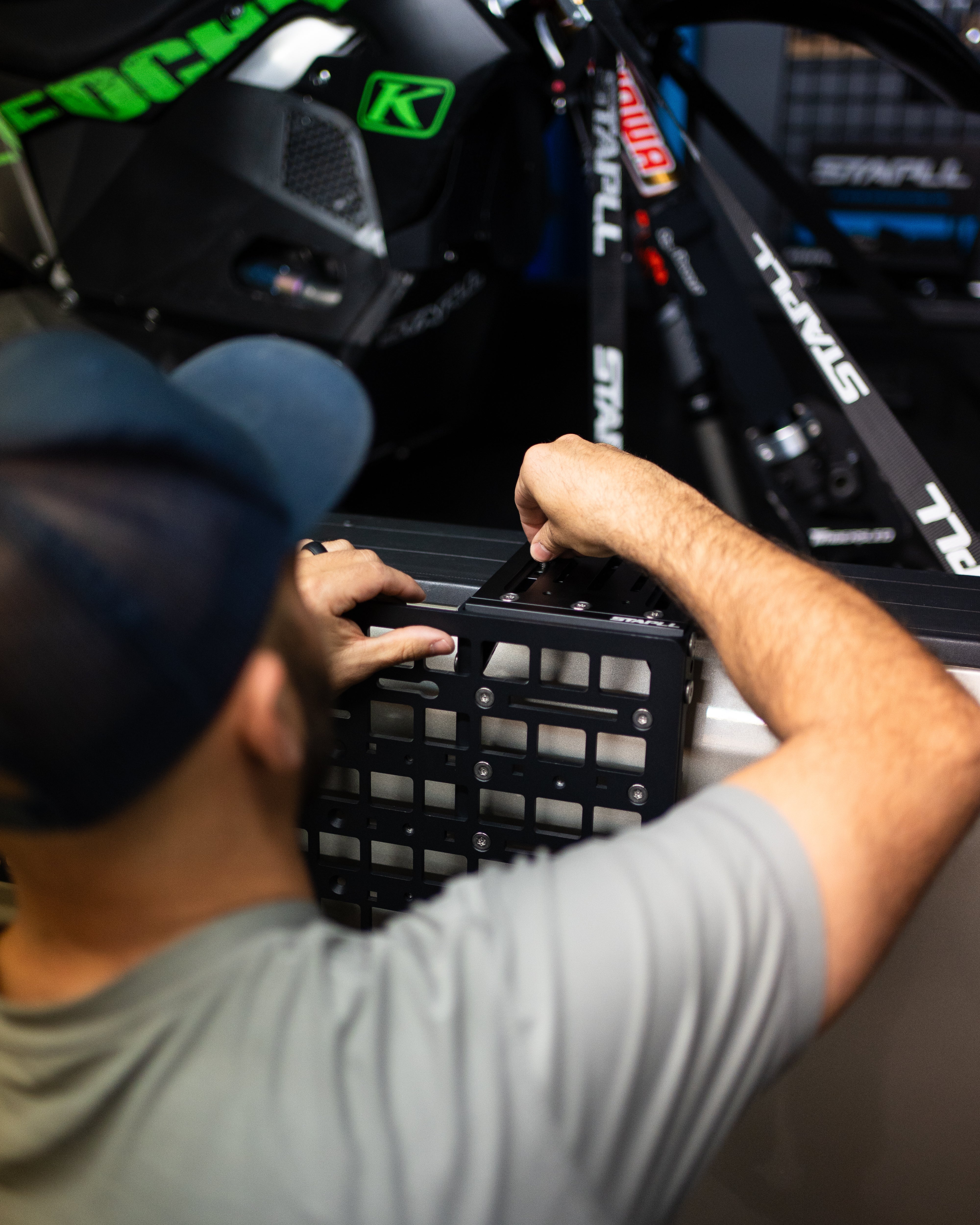
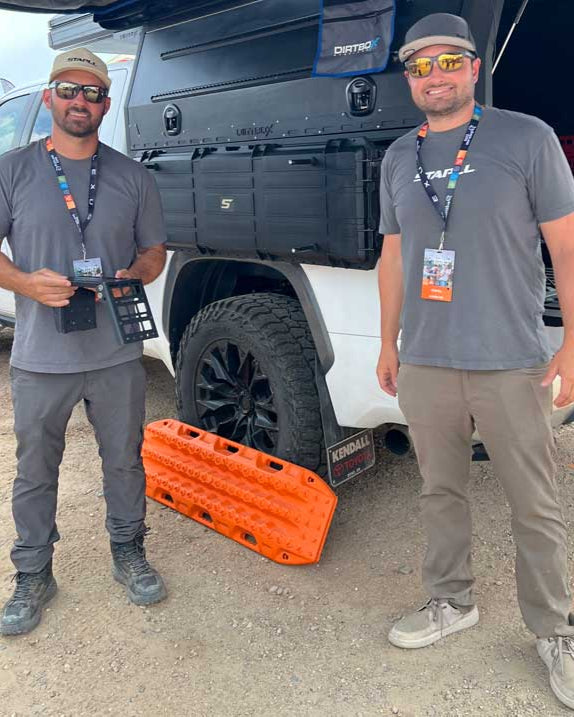






Leave a comment
All comments are moderated before being published.
This site is protected by hCaptcha and the hCaptcha Privacy Policy and Terms of Service apply.